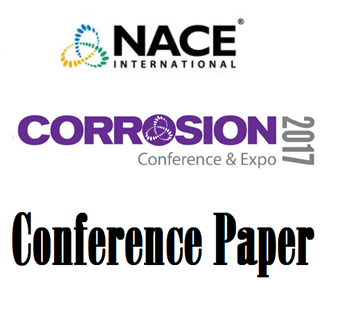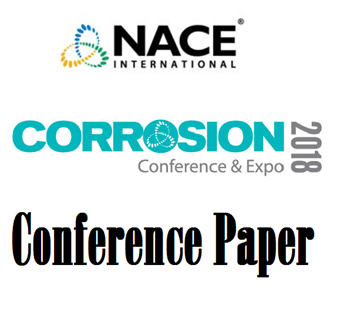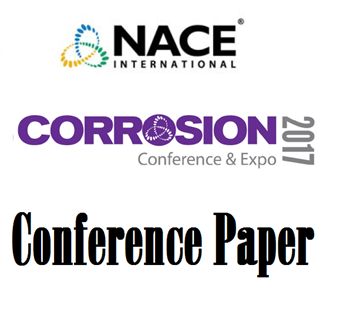Search
51318-10929-Water repellency of Mineral wool
Also Purchased
Cyclic CUI Testing of Insulation Materials
Product Number:
51317--8877-SG
ISBN:
8877 2017 CP
Publication Date:
2017
$20.00
51318-10937-A New Perspective on Corrosion Monitoring
Product Number:
51318-10937-SG
Publication Date:
2018
$20.00
Performance of Next Generation CUI Mitigation Systems
Product Number:
51317--9331-SG
ISBN:
9331 2017 CP
Publication Date:
2017
$20.00
Recently viewed




